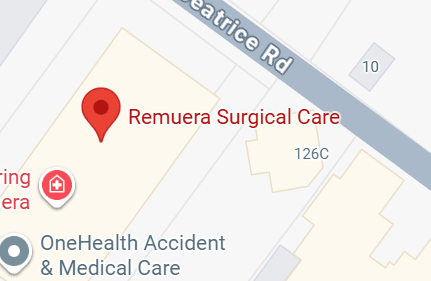Permanent skin wrinkles or sunken skin and soft tissues can be rejuvenated using a variety of injectable fillers.
Injectable skin and soft tissue fillers
Surgical and non-surgical treatments to rejuvenate or improve your natural appearance.
Please give us a call to discuss your options or to book an initial consultation with Dr Greenbaum.
Frequently asked questions
What is Hyaluronic Acid (Juvederm®)?
Hyaluronic acid is a naturally occurring protein which, when manufactured in the body is used by it to form much of the structural support for our connective tissues. When injected it acts as a temporary filler.
How long does it last?
It usually lasts for 8 – 12 months when injected into wrinkles and about half as long in lips. Different people have different results, and the noticeable difference can be longer or shorter in duration than the averages offered by manufacturers and the licencing authorities such as the FDA in the USA whose data are often quoted.
Are there any adverse effects?
It should not cause allergic reactions, because synthetic hyaluronic acid has an identical structure to that which is produced in your body naturally – but there is always a theoretical risk of allergy.
However, as with anything that is injected, a breach in the skin carries a small risk of infection. The injections are uncomfortable, but patients rarely need anything for this and Juvederm® formulations that I use mostly have local anaesthetic included in their formulation.
How is fat used as a filler?
Fat aspirates contain stem cells and so as well as “filling”, fat has a rejuvenating effect as well – improving skin quality.
What technique is used to extract my own fat cells?
I use a syringe to extract it from your abdomen, thighs or buttocks and then separate off pure fat cells. I then re-inject them beneath deep wrinkles, troughs in your forehead and facial skin or into your lips to fill them out.
For the technique to work and last, the newly injected fat cells must be successful in deriving a new blood supply in the region into which they are injected. Not all do, so a certain degree of over-injection is necessary on the basis that not all cells will survive.
What should I expect?
The injection of fat cells will make you look swollen for some weeks after your treatment. Getting good results with fat injection is unpredictable and somewhat of an art, but when it works, results are long-lasting. Most patients find at least 50% of the augmentation remains at 6 -12 months with improvements in overlying skin quality which last much longer.
An allergic reaction won’t happen, because you won’t react to your own fat, but as with anything that is injected, a breach in the skin carries a small risk of infection.
You will need local anaesthetic injections both at the sites from which fat is harvested and the site(s) into which fat is being injected.
What is Poly-L-lactic Acid (Sculptra™)?
It is a long-lasting, biocompatible, and biodegradable substance, which I have used in both reconstructive and cosmetic practice. When used on suitable patients it will gradually produce a natural-looking improvement that may last for up to 2 years.
What is the difference between Sculptra™ and hyaluronic acid fillers such as Juvederm™ or Restylane™?
The main difference with Sculptra™ is that it doesn’t give instant results, however it tends to give longer lasting result, so if you’re likely to need between 2-4 syringes of filler to achieve your facial rejuvenation, then Sculptra™ may be the more cost-effective solution when viewed over 2-3 years.
What should I expect?
After an injection of Sculptra™ under the skin, the area in which the injection is placed is stimulated to make new collagen, the skins structural protein, which results in less skin wrinkles and more volume. The improved, more youthful appearance that results can last up to 2 years.
Although results are noticeable within two weeks, improvement continues for weeks after that and a final result can be seen about 3 months after injections.
As with anything that is injected, a breach in the skin carries a small risk of infection.
Why choose Sculptra™?
Sculptra™ is generally best used for correcting deeper, more pronounced facial wrinkles and folds: between the nose and the mouth (nasolabial folds); the “bracket shaped folds” either side of the mouth running toward the chin (marionette lines), hollowing of the temples and upper outer aspects of the face where the forehead merges with the skin beside your eyes. It can also be used on the backs of the hands to plump out old looking withered skin – this is a novel and technically “off-label” use of Sculptra™.
What happens at my consultation?
I will ask you about past allergic reactions, allergy-related illnesses, and any history of abnormal scar formation to ensure that treatment with fillers is a suitable option.
Could I be unsuitable for this treatment?
If you have a history of abnormal scar formation (especially keloid scars) you may not be suitable for these fillers.
Patients who take anticoagulant medication (including regular aspirin treatments –whether prescribed by your doctor or self-administered) are not best-suited to these treatments because bruising will spoil the results and the process by which the bruise is repaired by the body will also remove much of the filler.
What are the side-effects of filler treatments?
After injections you may have discomfort redness bruising bleeding itching and swelling. Bruising is the most common side effect. Other side effects may include small deeply palpable lumps under the skin Most of these can be resolved with massage.









